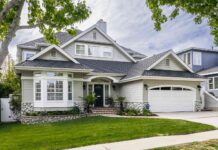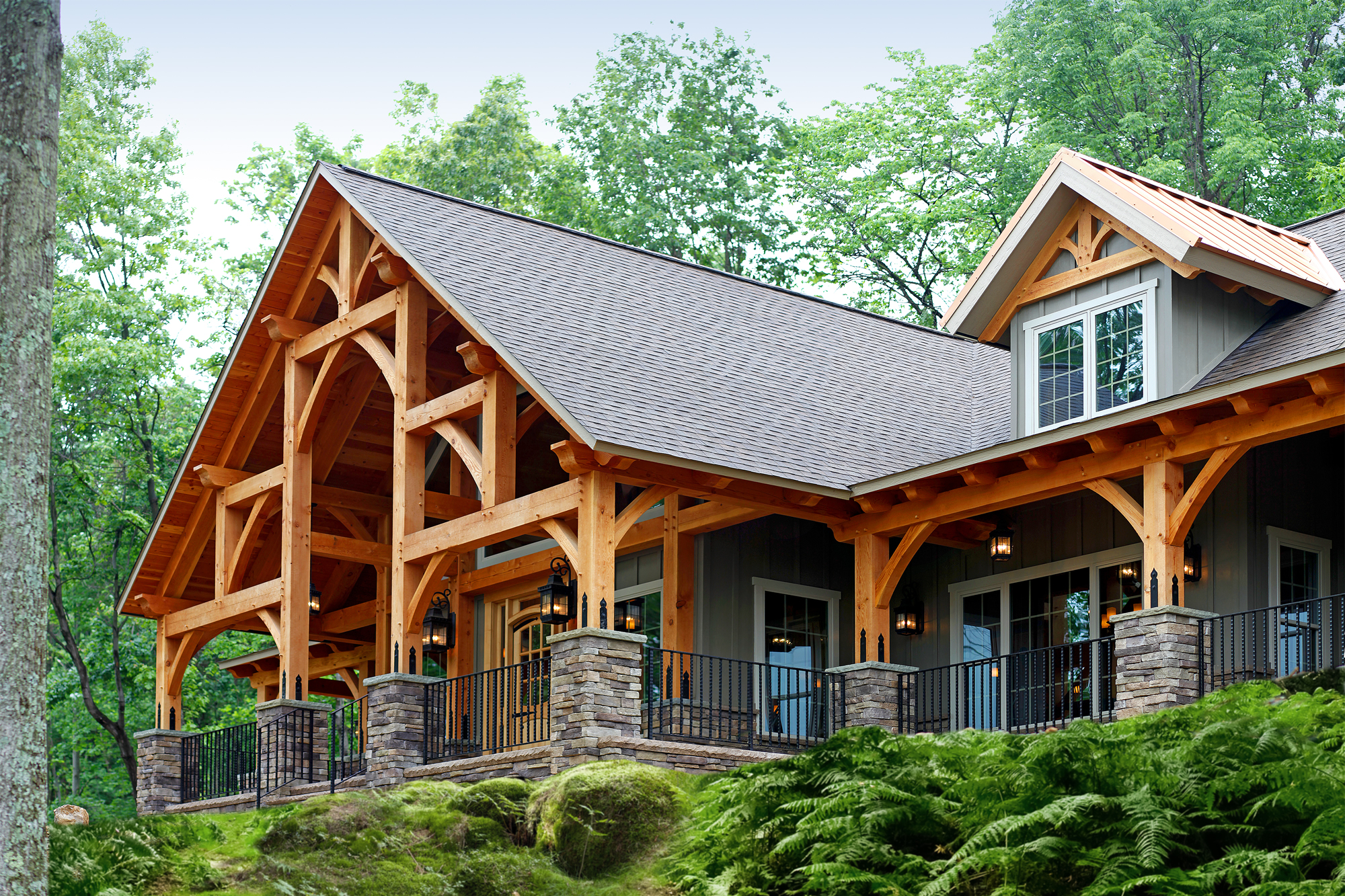
Nowadays, there are all sorts of building materials and methods used in construction. But how does timber framing compare to other contemporary options? In this blog post, we’ll take a look at the pros and cons of timber framing to see how it stacks up against other types of construction. We’ll also explore the history of timber framing and how it’s evolved over time. So if you’re interested in learning more about this traditional building method, read on!
What is a Timber Frame Home?
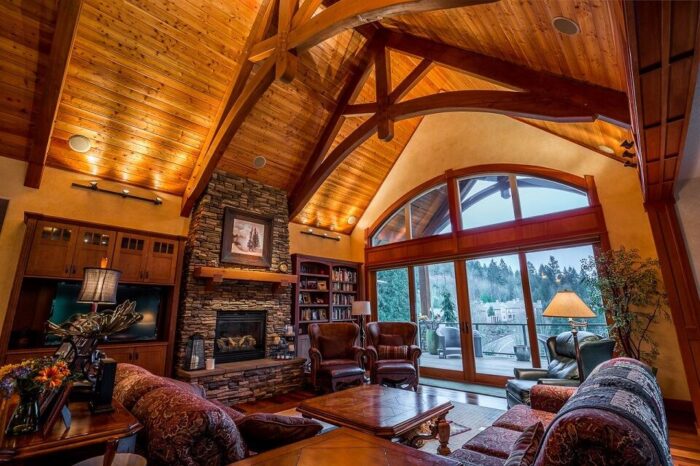
A timber frame home is a type of house that uses heavy timber instead of traditional lumber for the framing. They are known for their durability, energy efficiency, and unique aesthetic.
Wooden homes have been around for centuries, but they are becoming increasingly popular in today’s market. Many people are drawn to the beauty and strength of timber frame construction. These houses can be built using timber frame house kits to withstand extreme weather conditions and last for generations.
If you are considering building a new home, or if you are looking to renovate your existing home, this may be the perfect option for you.
The Benefits of Timber Frame Homes
There are many benefits to building a timber frame home. This kind of framing is an extremely strong and durable construction method that has been used for centuries. They are also very energy efficient and can be constructed to meet the highest green building standards.
These constructions are extremely strong and can withstand high winds and heavy snow loads. The construction method is also very fire-resistant. These houses are built using large timbers that are connected together with wooden pegs or metal brackets. This construction method creates a very strong and stable framework for the home.
The large timbers used in the construction of these homes act as thermal mass, which helps to regulate the temperature inside the house. They can be constructed with highly insulated walls and ceilings, which further increases their energy efficiency.
In addition to being energy efficient, timber frame homes can also be constructed to meet the highest green building standards. This is a sustainable building method that uses renewable resources. They can be designed to minimize their environmental impact and provide a healthy indoor environment for their occupants.
What are the drawbacks?
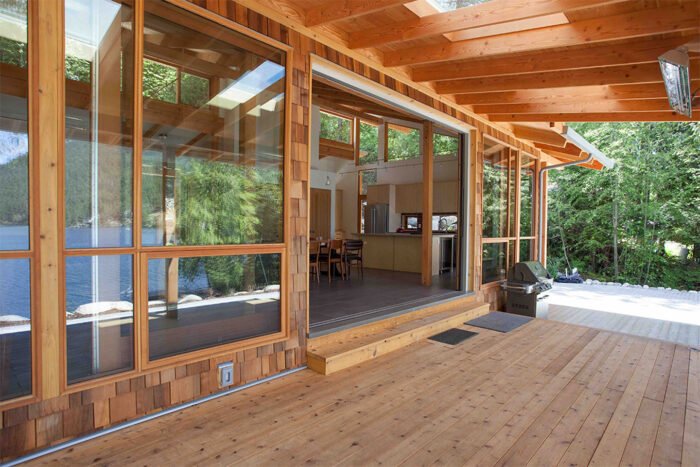
There are a few drawbacks to these homes that should be considered before deciding if this is the right type of construction for your home. One drawback is the cost. They can be more expensive to build than traditional stick-built homes. This is because the materials and labor required to construct a timber frame house are more expensive than those required for a stick-built home.
Finally, these houses can be more susceptible to damage from fire, wind, and earthquakes than other types of construction. This is because the wood used in the construction of timber frames is less dense than other materials such as concrete or steel. As a result, it does not offer as much protection against these natural disasters.
How to Build a Timber Frame Home
Building a timber frame house is a huge investment. But, with the right planning and execution, it can be an incredibly rewarding experience. Here are a few things to keep in mind:
Work with a reputable company. This is perhaps the most important step in ensuring that your timber frame house turns out exactly as you dreamed it would. Do your research and find a company with a solid reputation and plenty of experience constructing timber frame homes.
Make sure your property is suitable for this kind of house. They are typically built on larger pieces of land since they require more space for construction. Before you start making any plans, make sure that your property is big enough to accommodate a timber-frame house.
Have realistic expectations about the cost of building. They are not cheap to build – but they are worth every penny. Be prepared to budget accordingly and don’t be surprised when the final bill comes in higher than you anticipated.
Be patient during the construction process. Timber framing is an intricate and time-consuming process, so it’s important to be patient during the construction of your new house. It will all be worth it in the end!
5 Reasons Why You Should Choose Timber Frames for Your New House
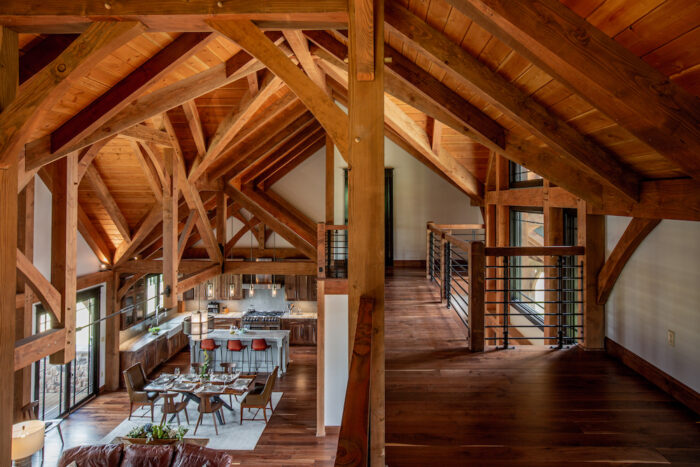
If you’re considering building a new home, you may be wondering what kind of framing to choose. Timber frames are an increasingly popular option for many reasons. Here are 5 reasons why you should choose timber frames for your new home:
- Strength and Durability: Timber frames are incredibly strong and durable, thanks to the interlocking joint system that they use. This system makes them much more resistant to high winds and earthquakes than other types of framing.
- Aesthetics: Wood frames offer a unique and beautiful aesthetic that is unmatched by any other type of framing. The natural beauty of the wood is evident in every timber frame house.
- Energy Efficiency: These homes are extremely energy efficient, due to the fact that they are well-insulated against heat loss and drafts. This can save you a significant amount of money on your energy bills each month.
- Environmentally Friendly: This is a very environmentally friendly option for construction, as they are made from renewable resources. Additionally, wooden houses have a smaller carbon footprint than traditional stick-built homes.
- Cost-Effective: Despite the many benefits that wood frames offer, they are actually very cost-effective compared to other types of construction methods. This makes them an excellent choice for those on a budget.
Conclusion
If you’re looking for a sturdy, well-built home that will last for generations, a timber frame home is definitely worth considering. These homes are not only beautiful and unique but they’re also built to withstand the elements and stand the test of time. With so many advantages, it’s no wonder why more and more people are choosing timber frame homes over traditional stick-built homes.


